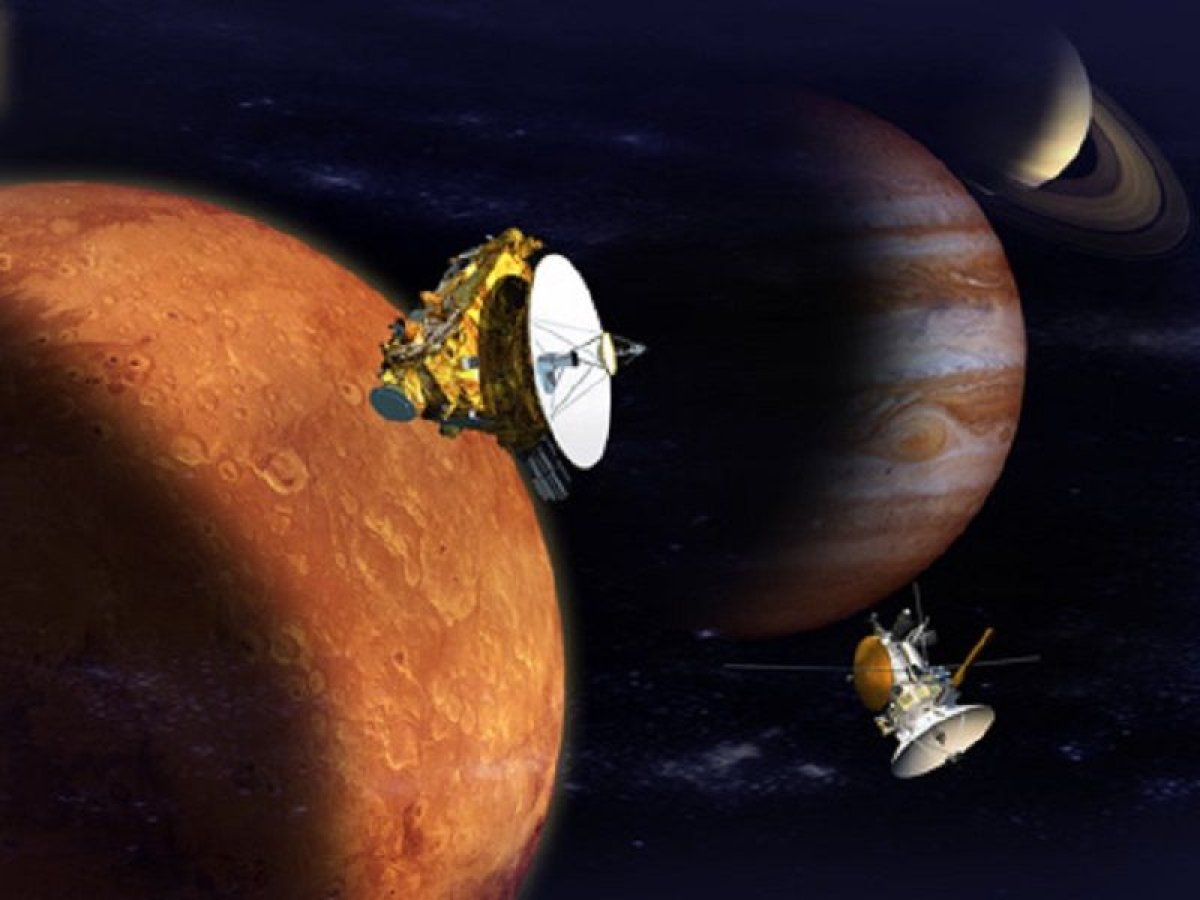
The U.S. government has warned NASA that its future missions to explore deep space are at risk because of a shortage of plutonium.
The Government Accountability Office (GAO) has published a report October 4 saying the break in production of plutonium 238 (Pu-238) between 1988 and 2015 could result in a bottleneck situation, where there is not enough of this scarce resource to power spacecraft during long-duration missions.
Radioisotope power systems (RPS) provide electrical power and heat energy to spacecraft at times when solar panels and batteries cannot be used—for example, in deep space where there is no sunlight, or if the spacecraft were operating in the shadow of an object. RPS work by converting heat from the natural radioactive decay of Pu-238.
The production problems of Pu-238 and subsequent risks to NASA have been known for several years. The Department of Energy has provided Pu-238 to the space agency for over 50 years. However, domestic production ceased in 1988, only restarting in 2015 when the DOE initiated the Pu-238 Supply Project—to make its own plutonium.
Between 1992 and 2010, the U.S. bought it from Russia. After receiving its last shipment, NASA started using its own, dwindling stocks. DOE documents show that the agency currently has about 35kg of Pu-238 isotope set aside for NASA missions, only half of which meets the standards required for spacetravel.
"Given NASA's current plans for solar system exploration, this supply could be exhausted within the next decade," the GOA report said. "Specifically, NASA plans to use about 3.5kg of Pu-238 isotope for one RPS to power the Mars 2020 mission. NASA may also use an additional 10.5kg of Pu-238 isotope for its New Frontiers #4 mission if three RPS are used.
"If DOE's existing Pu-238 supply is used for these two missions, NASA would be forced to eliminate or delay future missions requiring RPS until DOE produces or acquires more Pu-238."

The GOA looked at documents relating to how NASA plans to use RPS as a power source in future missions. It also reviewed production of Pu-238 by the DOE to see if supply could meet demand. Their findings showed it would not—while the DOE has made progress, the report said it still faces challenges in meeting production goals.
As a result, the GOA made several recommendations to the DOE and NASA to improve planning relating to Pu-238 requirements. "NASA may not have adequate information to plan for future missions using RPS," the report said. In its recommendations, the GOA said the DOE should assess the long-term challenges that may affect the production of Pu-238. "DOE agreed with our recommendations and outlined actions it planned to take to address them," the report concluded.
Uncommon Knowledge
Newsweek is committed to challenging conventional wisdom and finding connections in the search for common ground.
Newsweek is committed to challenging conventional wisdom and finding connections in the search for common ground.
About the writer
Hannah Osborne is Nesweek's Science Editor, based in London, UK. Hannah joined Newsweek in 2017 from IBTimes UK. She is ... Read more
To read how Newsweek uses AI as a newsroom tool, Click here.








